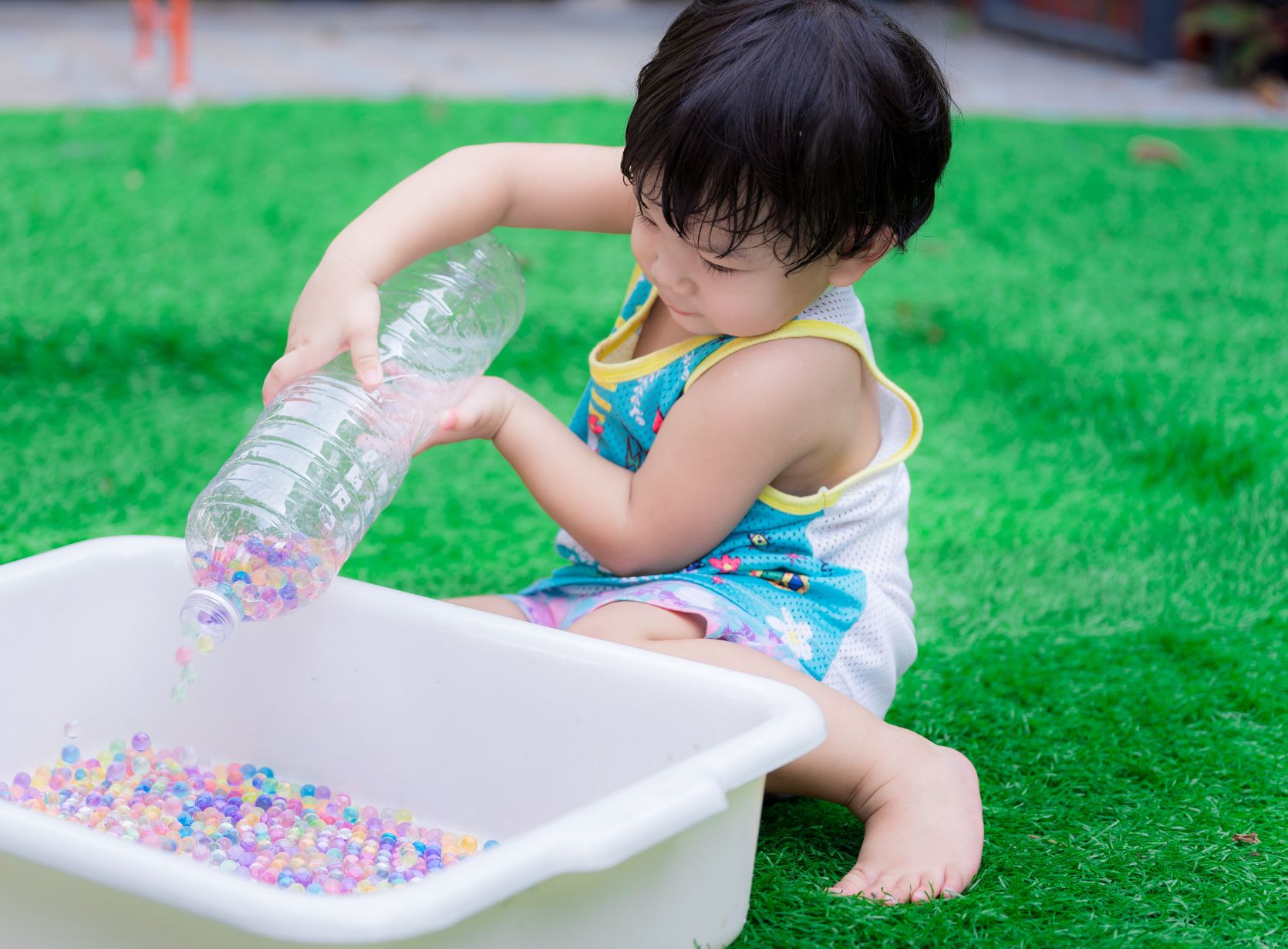Creating a Peaceful Preschool Environment
In the dynamic realm of early childhood education, understanding the diverse needs of young learners during rest periods is crucial. Not every preschooler will adhere to the same nap time schedule, and that’s perfectly normal. As educators and caregivers, it’s vital to offer a variety of calming preschool activities that cater to those individual sleep patterns and relaxation needs. Engaging with parents to establish a consistent routine that aligns with home practices can significantly ease a child’s transition into nap time at preschool.
Here’s how to approach quiet time with understanding and flexibility, and some expert-recommended quiet activities to gently guide those little bundles of energy into peaceful rest.
Collaborate With Families for Seamless Transitions
The foundation of a successful nap or quiet time routine is communication with parents. Share your preschool’s quiet time routines and seek their insights on their child’s at-home habits to foster a comfortable, anxiety-free nap time experience for everyone involved.
Set the Scene for Serenity
Prepare the preschool environment to promote relaxation. Lower the lights, introduce a hint of lavender scent, and arrange comfortable resting spaces with mats, cushions, and blankets. Remember, while you can create a conducive atmosphere, sleep can’t be forced.
Top Five Quiet Time Activities for Preschoolers
We asked Educa educators to share their best quiet time activities for children who think they don’t want to sleep. Here are their top 5.
1. “Read With Your Eyes, Listen With Your Ears”
Encourage children to relax their eyes while engaging their ears with a selection of rest time stories or soothing audio books. “Are You My Mother?” by P.D. Eastman is a classic choice.
2. Melodies for Slumber
Soft music can work wonders. Consider a variety of tunes, from nature sounds to white noise, and observe what best soothes your preschoolers. Tip: Create a playlist labeled “relaxation music for children” on platforms like Spotify to easily access calming tracks.
3. Mindfulness and Meditation
Guided meditations or simple breathing exercises are effective in calming active preschoolers. Utilize resources like the Daniel Goleman breathing buddies exercise, which even the teachers might find relaxing!
4. Designated Resting Areas
Create cozy, quiet corners not just for designated nap times, but as a standing invitation for children to unwind whenever they feel the need. Stock these areas with sensory items, soft toys, and books for a comforting retreat.
5. Quiet Time Boxes
Fill boxes with independent, calming preschool activities that can be rotated daily. These can range from whiteboards for drawing to puzzles and threading activities. Tip: Label the boxes by days of the week to keep the activities fresh and engaging.
For outdoor relaxation, consider a separate box with water painting supplies, chalk, and imaginative play toys.
Conclusion
Every child’s need for rest varies, and the quiet time activities we provide in our preschool settings should reflect this diversity. By curating a collection of calming activities, you can ensure that every child has the opportunity to rest or engage in gentle, restful play. We invite you to share your favorite quiet time strategies for preschoolers in the comments, fostering a community of care and support in early childhood education.


